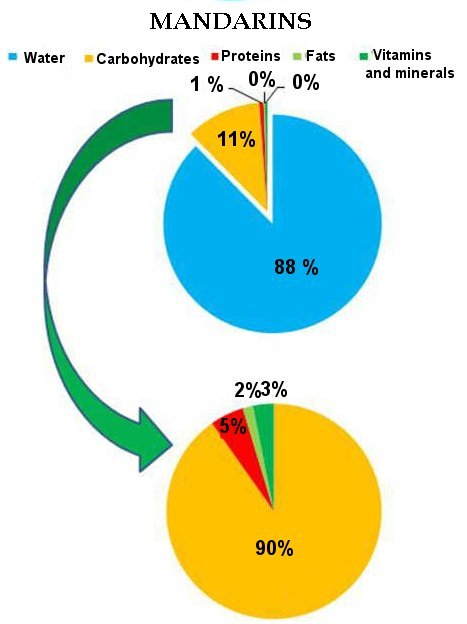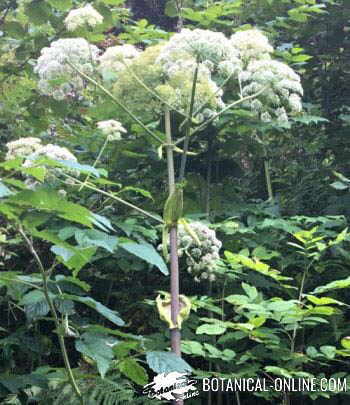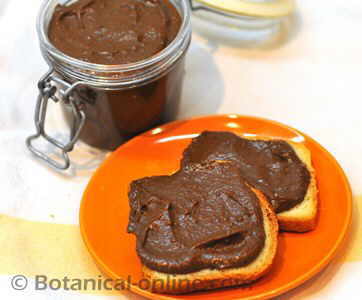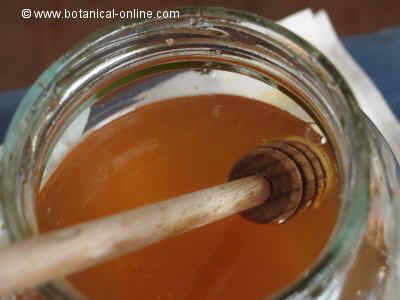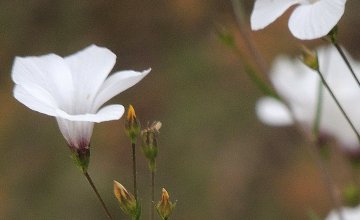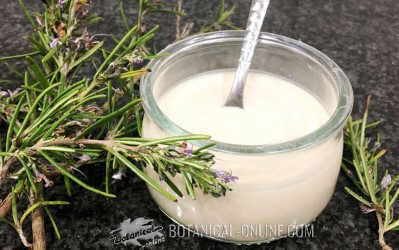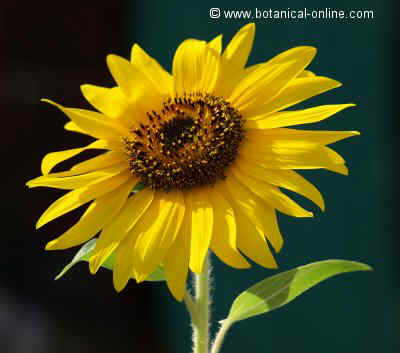Contents
Characteristics of angelica (Angelica archangelica)
What is an angelica?
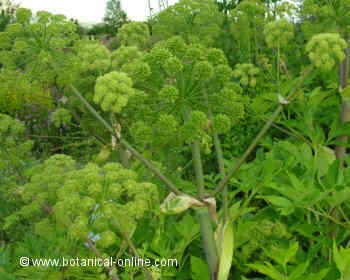
Common Name: Angelica, garden angelica, wild celery, Norwegian angelica, Herb of the Holy Spirit, Holy ghost, etc.
Scientific name: Angelica archangelica L. Synonyms: Angelica litoralis Fr., Angelica officinalis Moench, Angelica sativa Mill., Archangelica officinalis (Moench) Hoffm.
Its name comes from the Latin “angelus” which means angel, because of the many medicinal properties of this plant and / or liquor obtained from it, and “archiatra” meaning “head doctor”.
Family: Umbelliferae
Habitat: moist, shady places, fields, forests, water edges, bogs, swamps.
Native in northern Europe, for its adaptability to all kinds of soil, it grows in many places of the world.
Botanical description of angelica archangelica
Angelica description
Angelica is a biennial robust herbaceous plant that can reach up to 2 feet high in fertile soils.
Its roots are strong, thick and yellowish-brown. When they are cut, a milky yellowish juice is extracted.
It has an erect stem, grooved and hollow. It branches off into lateral stems, purplish or glaucous green.
Its leaves are large, 3 to 5 feet long, and they grow alternately. These leaves have a sheath at its base, which embraces the stem.
They are lanceolate, asymmetrical, with jagged edges and several subdivisions, forming leaf segments from 6 to 12 inches long or more.
The stem ends in a large umbel. Each umbel has thirty or forty spokes, each of them ending with another round umbel of 3 to 4 centimeters in diameter, with small white or yellow flowers.
Just over 1 month after flowering, the plant already has ripe fruit.
The plant is hermaphrodite, that’s to say, it has male and female flowers. The female umbels bear the fruits of the plant. The fruits are oblong shaped diachenes 7 to 8 mm long, 5 mm wide.
The whole plant, roots, stem and leaves, gives off an intense odor that attracts bees, butterflies (such as the majestic swallowtail butterfly) and hoverflies, helping to create a natural balance of insect pests and their predators (p. example. aphids and ladybugs respectively).
Varieties of angelica
- Angelica sylvestris L.: This variety is most common in Spain and southern Europe and has not the medicinal properties of Angelica archangelica L.
- Angelica sinensis: dong quai, Chinese angelica (See details)
![]() More information on wild celery
More information on wild celery

